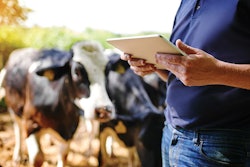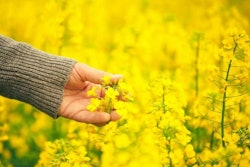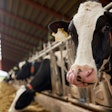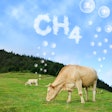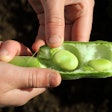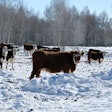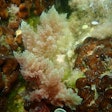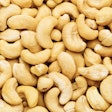
A new research initiative hopes to provide producers with the information they need to breed high-efficiency cattle capable of producing the same amount of milk while consuming less feed.
The study aims to catalog traits such as feed intake and milk production as well as body temperature and behavior from 3,600 dairy cows in order to more accurately predict which cows require less feed, enabling farmers to select for the most feed-efficient animals and reduce feed consumption. Feed accounts for more than half of dairy farm costs according to the Foundation for Food and Agriculture Research. The Foundation, alongside the Council on Dairy Cattle Breeding, awarded $2 million to the project team, which consists of experts from Michigan State University, the University of Wisconsin, Iowa State University, the University of Florida and the U.S. Department of Agriculture (USDA) Animal Genomics Improvement Laboratory.
Breeding for feed efficiency could also make the dairy industry more sustainable by reducing the amount of cropland needed to raise cattle. Although previous studies suggest mixed results, feed-efficient cattle may even produce fewer greenhouse gas emissions per unit of milk, according to Michael VandeHaar, the lead researcher on the project and a professor in the Department of Animal Science at Michigan State University.
“We will soon have 10 billion people to feed across the planet … and we need to figure out how to feed everybody,” VandeHaar said. Dairy, he said, is an efficient food source, but research suggests selective breeding could make it even more so.
U.S. producers have traditionally selected for milk production rather than feed efficiency, VandeHaar said. While this means today’s cattle produce far more milk with far less feed than was possible some 50 years ago, additional gains could be had if farmers could reliably select for feed consumption, VandeHaar said. In a previous study, funded by the USDA’s National Institute of Food and Agriculture, VandeHaar and his colleagues concluded that selecting for feed efficiency could reduce cattle’s consumption by another 5-10% with no loss in milk, saving the dairy industry an estimated $540 million per year.



